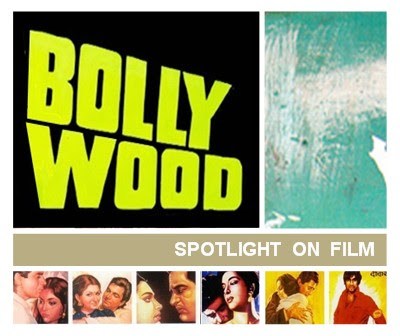All this while I have been blogging about Bollywood specifically while highlighting points where the film industries of the west are similar to the ones in east. However, are the two industries that similar? With the world becoming a flatter place and the cultures converging, artists are bouncing from one industry to another with ease. Examples that illustrate my point can be clearly seen at the end of the movie ‘Singh is King’ when Akshay Kumar (one of Bollywood’s leading and highest paid actor) and Snoop dog are rapping to the beats of fusion music or in the classic case of Slumdog which claimed to be a western movie yet incorporated the dance sequence in the end which gave that final bollywood touch. As the celebrities crawl into one another’s spaces a question arises, Is Bollywood and Hollywood collaborating or are they still competing? So I have researched and decided to jot down a few key points that differentiate the two successful entities.
The first Hollywood movie that came out in 1910 was by D. W. Griffith that made Los Angeles an essential landmark for the western media industry. In the case of India, silent movies were released three years later making Bombay an ideal place for shooting films. In the 1930’s Bollywood was at its pinnacle as the industry was producing over 200 films per year but in the 1940s Hollywood took over by producing about 400 films per year. During the 1960’s, color was introduced into the movies, and a decade later, India followed with the similar concept. The plots in bollywood movies did not originate by accident, instead they provided the viewers a safe haven of eternal happiness as the world was crumbling during the Great depression and the World War 11 era
The first Hollywood sound motion pictures featured slap-stick comedy, western themes (influenced heavily by location), animated cartoons and musicals. But there was one gaping difference between the two entities. Hollywood, unlike Bollywood addressed social issues head on. Since the early times, Hollywood movies have focused on analyzing social, international and political issues, sometimes even metaphorically, as one can see in the ‘Wizard of Oz’ and at other times realistically (‘Citizen Kane’, or ‘Gone with the Wind’). This trend flowed into the modern cinematography as the films did not lack the gore, despair, rage and horror. Bollywood movies, on the other hand, with its bright colors and synchronized song and dance in multiple exotic venues, continued the concept of escapism as it veiled the realistic problems. Competition abounds between the two industries, and it is common knowledge that the Indian film industry produces more films annually compared to its counterpart. However, it is definite that Hollywood movies, reliant on special effects, large budgets and subtitles, have more of an impact on the world. Some even insist that Bollywood movies are all knock-offs of recent Hollywood movies, made with a smaller budget, less talented actors, and a few more songs.


